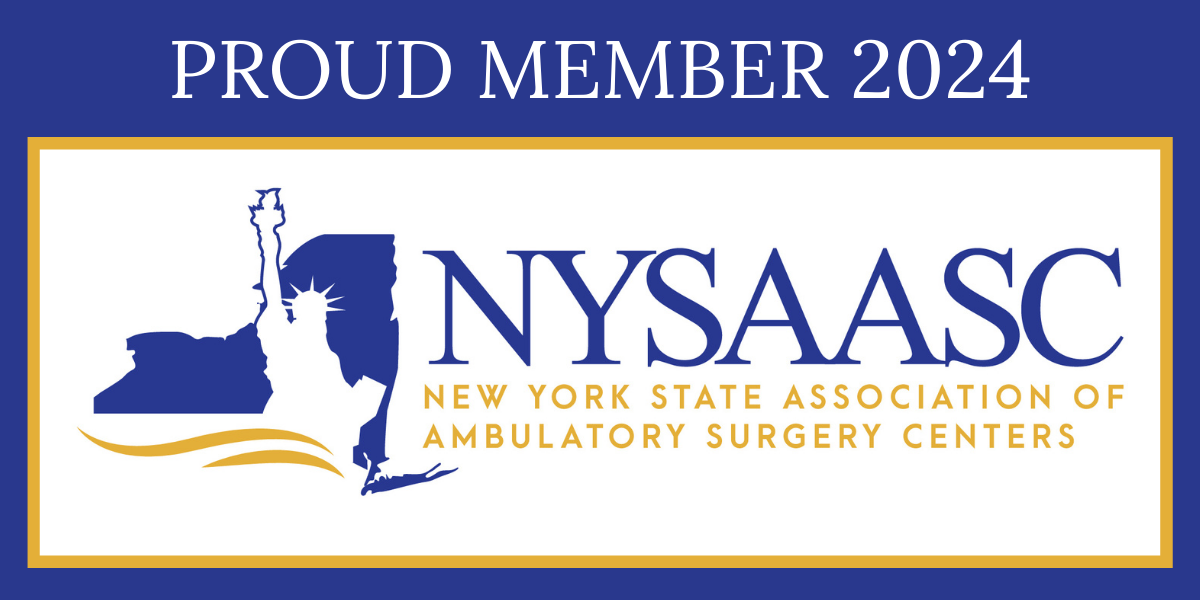Services Performed
We take pride in our state-of-the-art endoscopic facility that allows your physician to perform your procedure using the latest equipment and most innovative techniques.
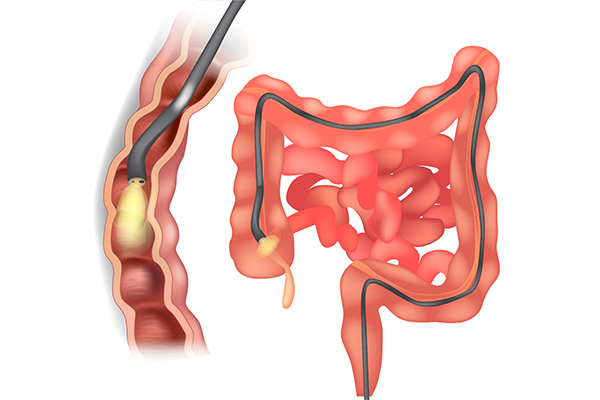
Colonoscopy
A colonoscopy involves the insertion of a lighted flexible tube, called a colonoscope, into the rectum. The tube is inserted so that the lining of the colon is visualized. Any area of the lining that appears abnormal may be biopsied; that is, a piece of tissue may be removed for analysis. In addition, growths of the colon, called polyps, may be removed (polypectomy) by the use of an electrified wire, called a snare.
A colonoscopy is generally a safe procedure but in rare cases, complications from a colonoscopy may include: a reaction to the sedative used during the exam, a tear in the colon or rectum wall (perforation), or possible bleeding from the site where a tissue sample (biopsy) was taken.
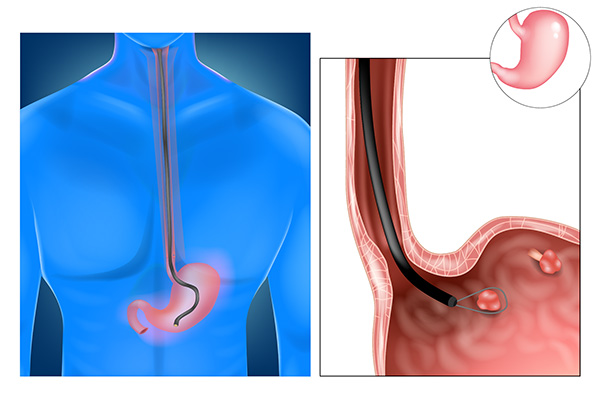
Esophagogastroduodenoscopy (EGD)
An EGD is also referred to as “upper endoscopy” or “gastroscopy”. It involves the insertion of a lighted flexible tube, called an upper endoscope, into the mouth. The tube is guided by direct vision into the esophagus, stomach, and duodenum so that the lining of the upper gastrointestinal tract is visualized. Any area of the lining that appears abnormal may be biopsied; that is, a piece of tissue may be removed for analysis. Areas that are bleeding may be cauterized to stop active bleeding or to prevent future bleeding.
An EGD is generally a safe procedure but in rare cases, complications may include a small hold in your esophagus, stomach, or small intestine. There may also be a small risk of bleeding from the site where the tissue was removed.
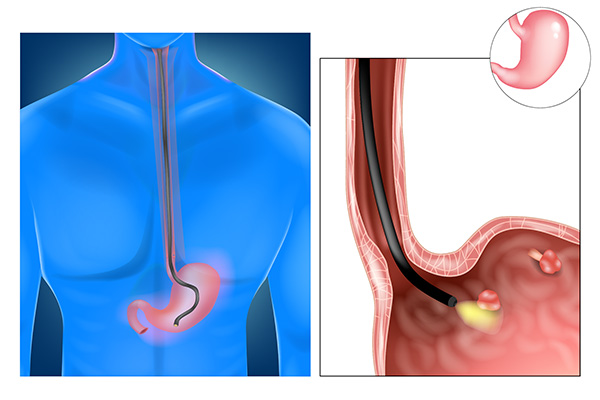
Endoscopic Ultrasound (EUS)
Endoscopic Ultrasound, also known as EUS or Endosonography, is a specialized endoscopic study that enables your doctor to examine your stomach lining and the walls of your upper and lower gastrointestinal tract. EUS is also used to study internal organs next to the intestinal tract such as the Gallbladder and Pancreas.
The procedure is similar to routine endoscopy (EGD) or colonoscopy. A flexible tube is guided visually into the mouth or rectum. Then the EUS is used to scan and obtain ultrasound images. It is also possible to obtain tissue sampling via a fine needle aspirate (FNA) using real-time ultrasound guidance.
EUS is generally a safe procedure, but carries several risks that include, but are not limited to, infection, perforation and bleeding. Serious complications of EUS, such as perforation or bleeding, are rare, but may require hospitalization, blood transfusions, or surgery.
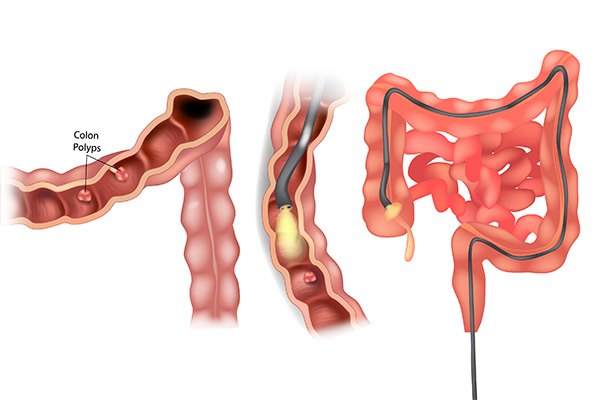
Sigmoidoscopy
A sigmoidoscopy is a diagnostic test performed using a thin, flexible tube called a sigmoidoscope. The procedure examines the sigmoid colon, which is the lower part of your colon or large intestine. A sigmoidoscopy may also be used to take a tissue sample or biopsy and can remove polyps or hemorrhoids. It is also used to screen for colorectal cancer.


